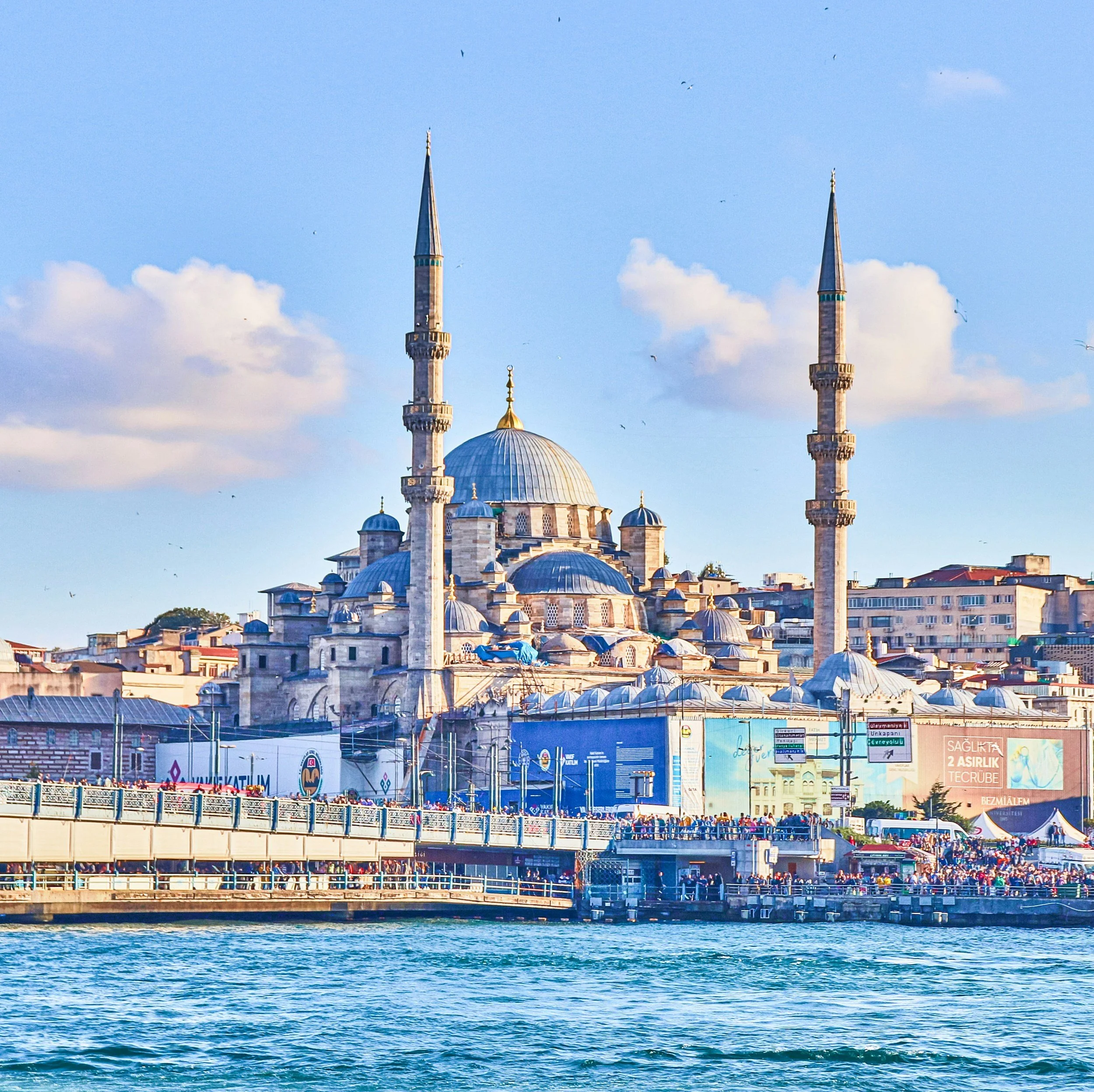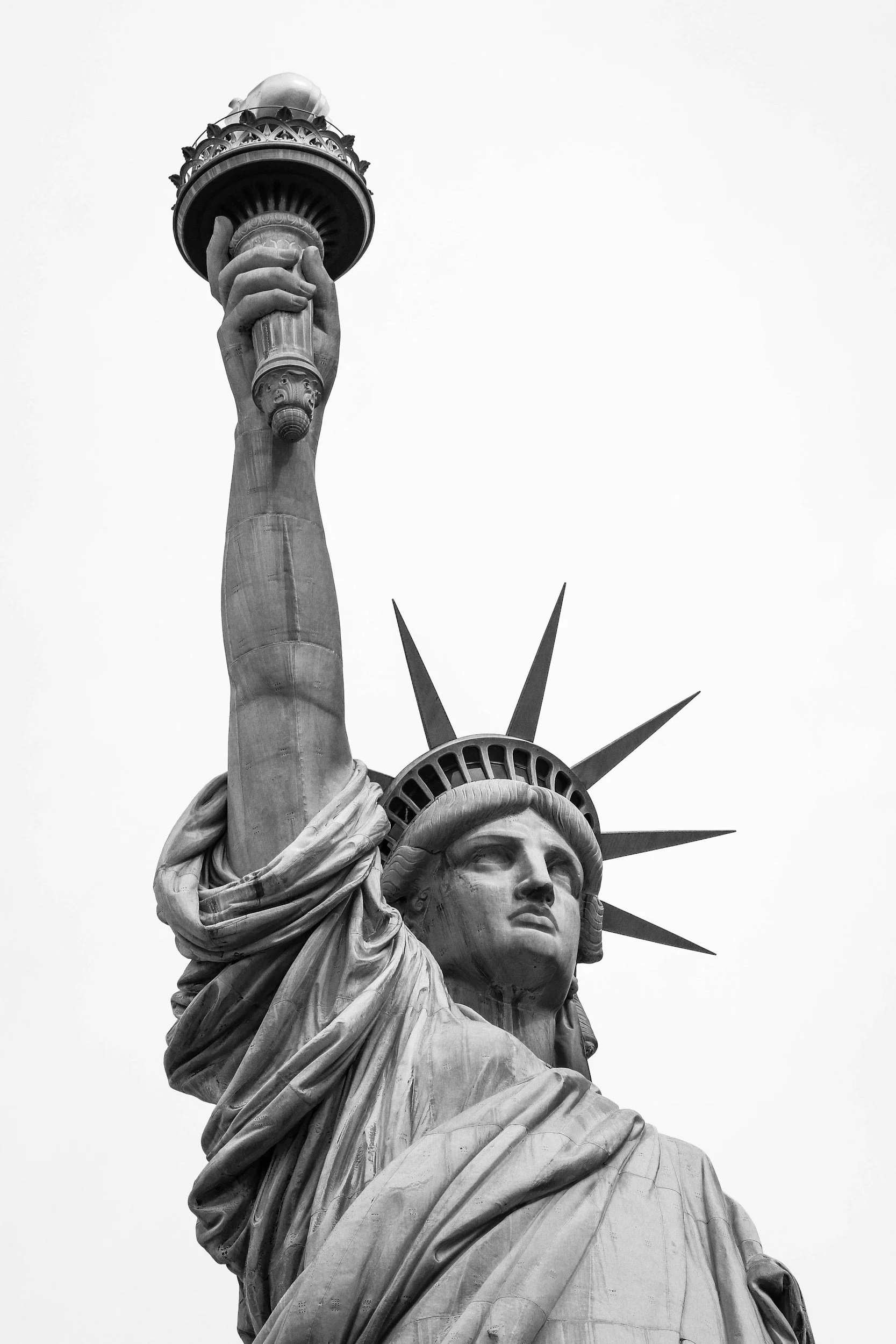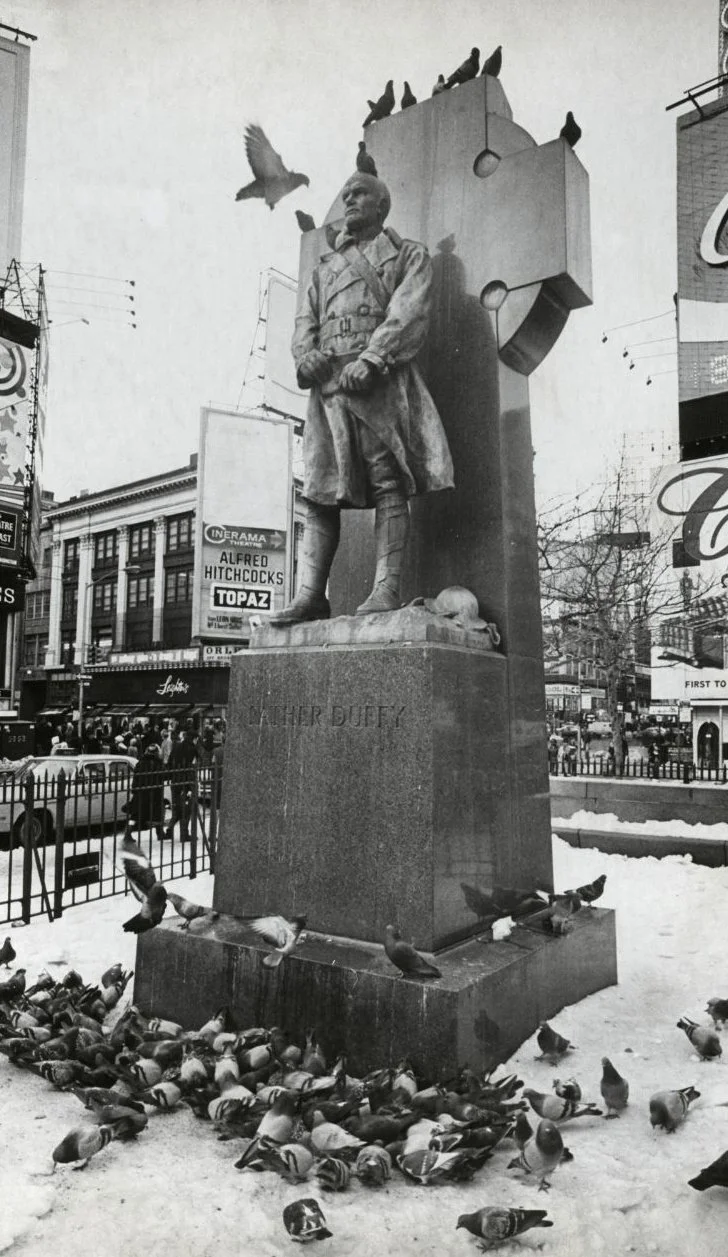This medieval painting is called "Mater Boni Consilii" (en. Mother of Good Counsel; sq. Zoja e K'shillit t'mirë), also known as "Our Lady of Scutari" (sq. Zoja e Shkodrës). It's located in the Augustinian Church of Genazzano, near Rome.
Many scholars believe it was painted by the Italian renaissance artist Gentile da Fabriano during the first two decades of XV century.
What makes it special, is its story. According to the Medieval legend, on the feast day of St. Mark, in 1467, [during the time of the Albanian-Ottoman war], two Albanian noblemen were praying in the church, asking for protection of the Holy Mary before exiling to Italy. The image, which was located in Shkodër (it. Scutari), was, allegedly, lifted in the air by angels, who announced the fall of the city under the Ottomans, and accompanied the two men to Rome. Thus, miraculously, it was transported to Genazzano. The locals, as the tradition says, in the midst of celebration, heard "exquisite music" and noticed mysterious clouds that surrounded the church of Genazzano - which at the time was being renovated. Slowly, as the clouds were disappearing, the fresco of Holy Mary carrying Christ child, descended in the church.
Photo taken from IG: @roberta.1506
Pope Paul II heard the story and organized an investigation, which lasted for a month. According to the investigators, an empty space was found in the Church of Shkodër; the icon was missing. Considering the frail material of the small icon, removing it from the wall without damaging it would have been impossible. The miraculous events which followed ever since its transportation to Rome convinced the investigators even more. They came to the conclusion that the painting was actually transported miraculously.
On the other hand, Our Lady’s prophecies were fulfilled. One year after the icon departed, George Kastrioti Scanderbeg, the glorious Albanian Warrior-Prince, who had liberated and defended his fatherland, died (1468). Afterwards, after many failed attempts, the Medieval Albanian cities were conquered one by one; among the last was the city of Shkodër, which was conquered by the Ottomans in 1479. The persecution of Catholics in Albania had begun...
But let’s get back to the story. It might be a coincidence, but Our Lady’s icon has remained untouched throughout history. Though, several hard earthquakes, and latter bombings during WW2, had damaged the Augustinian Church.
The veneration was affirmed by Pope Paul II, and ever since, it keeps being affirmed by the successors of St. Peter, including the early Modern, Modern, and contemporary ones. It should be noted that Pope Bl. Pius XII showed a great devotion to Our Lady of Scutari, that dedicated his entire pontificate to her. His successor, Pope St. John XXIII visited the shrine before starting the Second Vatican Council. Besides the Popes, Our Lady of Scutari was venerated by many saints, including St. Aloysius Gonzaga, St. Alphonsus Liguori, and St. John Bosco. The Feast of Our Lady of Scutari is celebrated on the 26th of April and 18th October; yearly, a special procession is organized in the City of Shkodër (it. Scutari), in Albania. The Albanian Catholic community, especially the one of Shkodër, hopes that one day Our Lady will come back to Albania.
As a Catholic myself, all that I can say is oremus!
- Albert Bikaj
You can follow Albert’s blog here History of the miraculous portrait of Our Lady of Scutari (theneomedievalist.blogspot.com)
Bibliography:
Dillon, G. F. (1885). The Virgin Mother of Good Counsel: A history of the ancient sanctuary of Our Lady in Genazzano. Dublin: M.H. Gill.
Drane, A. T. (1855). Catholic legends; a new collection, selected, translated, and arranged from the best sources. London: Burns and Lambert., pp. 67.
Elsie, R. (2001). A dictionary of Albanian religion, mythology, and folk culture. New York: New York University Press., pp. 174-175.















